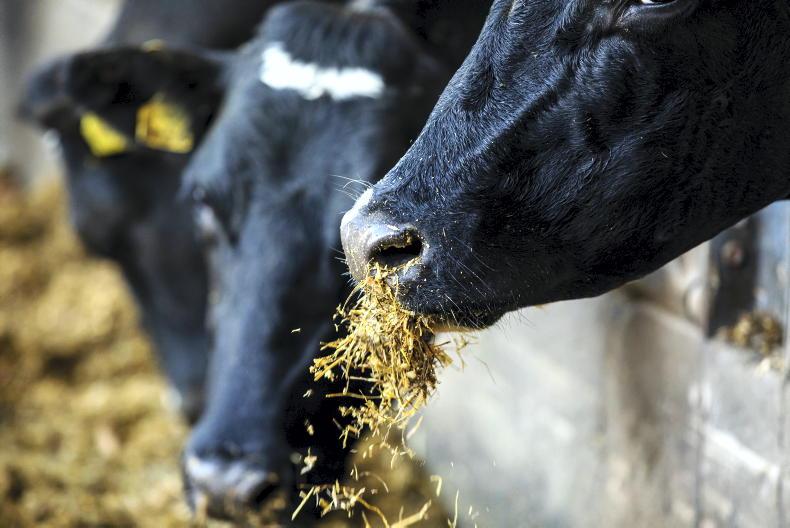Costs
Most discussion groups will be meeting up over the coming weeks to talk about their costs and profitability for 2023. For most, it will prove to be a very disappointing year financially, as gross output fell substantially due to 40% lower milk price and up to 10% lower output because of bad weather. For most people it’ll have been the first tough year financially in a long time.
It’s worth saying that for most people the high profitability in 2022 cushioned the blow, but not everyone had that to fall back on. Collecting, analysing and understanding income and outgoings is a key part of dairy farming, but skills in this area are lacking and the number of farmers recording costs seems to be decreasing.
It’s a task that needs to be done and needs to be done well. Whether profit monitor or some other programme is used, it’s important that it’s done accurately. Sharing costs with other farmers is a great way of building knowledge within a group. Groups should also do a budget for 2024 and look at ways that costs can be cut.
Soil samples
Early January is a good time to take soil samples, as a long period has elapsed since phosphorus or potassium were last applied either in bag form or through slurry. It’s important that samples are taken before slurry is spread in order to get an accurate result.
Remember, all farms with a stocking rate above 130kg N/ha are required to have soil samples taken since last year. In the absence of soil samples a parcel is presumed to be at index four for phosphorus, which means it has no allowance to either import slurry or spread chemical phosphorus, presuming it’s a grass field.
Under the nitrates rules, a maximum area of 5ha should be included in a soil sample, and each sample is valid for four years.
However, the best farmers will sample every one or two years to accurately keep track of indices and take early action if soils get depleted, which is more likely now that there are greater restrictions on the use of fertiliser.
Regular sampling is probably the only way to overcome this. Also, farmers should use one sample per paddock. So even if there are say three paddocks in a 5ha block that have been treated differently such as silage or slurry, rather than taking one sample as per requirements, three samples should be taken.
Conferences
Next week sees two important conferences taking place, with the Irish Grassland Association and the Positive Farmers Conference both holding their annual events. Unfortunately due to a mix-up in dates, both are on 10 January, with day two of the Positive Farmers Conference on 11 January.
Tickets are available to buy online. Both are voluntary organisations set up to help farmers, so they should be supported. The conferences are an important opportunity for farmers to upskill, meet like-minded people and get prepared for the busy season ahead.






 This is a subscriber-only article
This is a subscriber-only article










SHARING OPTIONS: